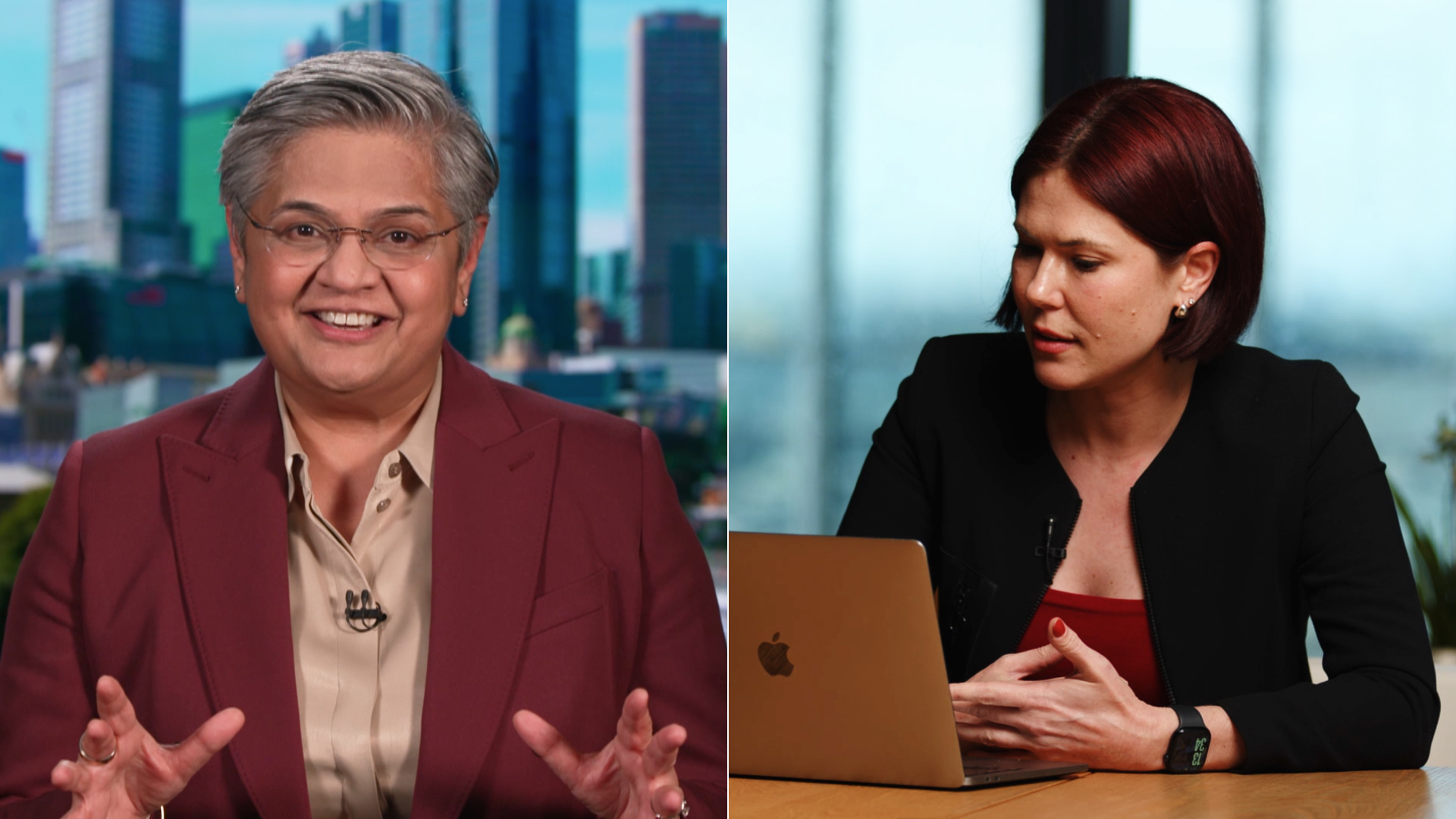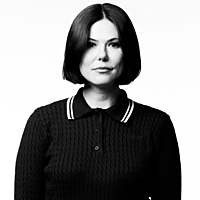Why BHP is comfortable with more debt to fuel long-term growth
This interview was recorded 19 August, 2025
BHP Group (ASX: BHP) has long been recognised for its ability to balance stability with growth, and in its latest results, that balancing act is again on display. From a strong dividend payout to a reaffirmed focus on low-cost production, the company is navigating a challenging commodities landscape while still preparing itself for the future.
As CFO Vandita Pant explained, the company is not just focused on today’s results, but on the next decade of opportunity:
“Between now and the next 10 years, BHP’s growth rate will be around 2.2% CAGR on a per annum basis. So, really exciting growth, and balancing that with attractive shareholder returns.
That’s what comes out of strong, stable, consistent performance that we have had. BHP has had more than 50% margin for the last 20 years, and the stability is really the hallmark of BHP.”
In our conversation, Pant unpacks the details behind the numbers: from the factors underpinning BHP’s latest dividend to its world-leading cost position in iron ore. She discusses why the company is comfortable with a higher net debt range, where the biggest growth opportunities lie in copper and iron ore, and how BHP is tackling challenges like inflation while still lowering unit costs.
Finally, Pant reflects on what could have been done better in FY25 and the operational lessons that will strengthen performance in FY26 and beyond. Watch the full interview above, and read a short summary below.

Livewire's Anna Dadic interviewing BHP CFO Vandita Pant
INTERVIEW SUMMARY
Headline results
Pant highlighted three key takeaways for investors: “One, the dividend of 60 US cents per share. Second, 45% of our EBITDA last year came from copper, which is fantastic. And third, we continue to be the lowest cost producer of iron ore in the world for the sixth year in a row with C1 cost of only $17.56 per tonne.”
Despite the lowest full-year dividend in eight years, BHP maintained its reputation for disciplined returns, underscored by a 60% payout ratio.
Balancing dividends and growth
Pant reaffirmed that dividends remain a cornerstone of BHP’s capital allocation framework:
“Every six months, we sit down with our capital allocation framework and look at allocating to shareholders.
Firstly, minimum 50% payout … but there is opportunity to have higher, as we did this time off the back of strong performance, very strong balance sheet and confidence in outlook.”
She added that higher payout ratios remain possible when conditions improve, noting that growth opportunities in iron ore and copper will drive BHP’s 2.2% CAGR over the next decade.
Debt strategy and financial strength
Addressing the increased net debt target range, Pant said:
“Even at the high end of the net debt, our balance sheet remains very strong and leverage very conservative.”
The shift reflects a stronger, more resilient portfolio with increased capacity for debt servicing, thanks to gains in copper and stable performance in iron ore.
Operational performance and guidance
On FY26 guidance, Pant noted that inflation remains a challenge, but operational excellence continues to deliver:
“For last year, across our major assets, unit cost was down 4.7% despite an inflation of around 3%.”
With iron ore costs at $17.56 per tonne against a ~$100 price, BHP retains significant margin buffers.
Continuous improvement and future projects
Reflecting on FY25, Pant acknowledged room for improvement:
“We have a project in Canada - the Jansen project - where we have given revised cost and schedule for the project. We are taking learnings from that and applying it across our portfolio of projects.”
Looking forward, growth projects in South Australia, Chile, Argentina, and the U.S. Resolution JV, along with new iron ore investments, will underpin BHP’s future growth strategy.
4 topics
1 stock mentioned
1 contributor mentioned

.jpg)
.jpg)